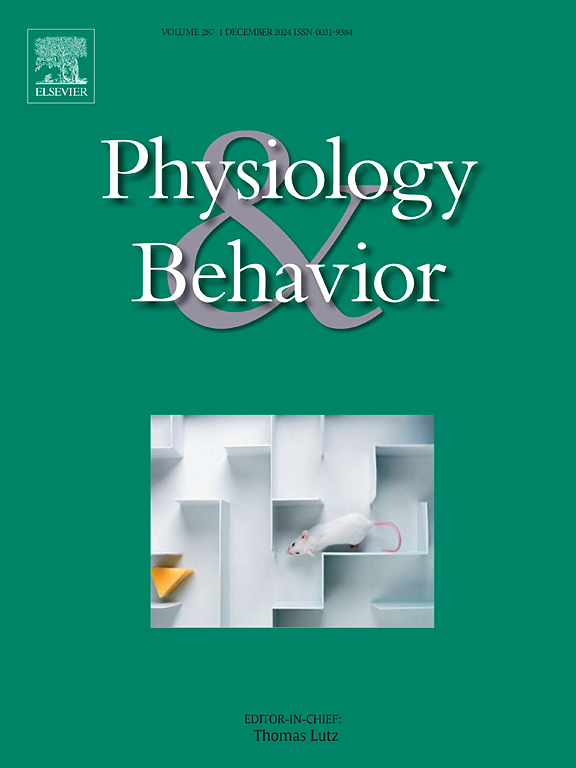The influence of multiple cognitive workload levels of an exergame on dorsal attention network connectivity at the source level
Abstract
This study investigates how adding a cognitive task on a balance board (exergame) affects connectivity in the dorsal attention network (DAN) during an exergame task. Healthy young adults performed a soccer ball-moving task by tilting a balance board with their feet while their brain activity was measured using electroencephalography (EEG). In this exergame, the speed of obstacles in front of the goal manipulated the cognitive workload. Higher speed means a higher cognitive workload. The study found significant changes in functional connectivity within DAN regions, specifically in the alpha band. During the shift from easy to medium cognitive task, we observed a significant increase in connectivity (p= 0.0436) between the right inferior temporal (ITG R) and the Left middle temporal (MTG L). During the transition from easy to hard cognitive tasks, strengthened interactions (p= 0.0324) between inferior temporal (ITG) and parsopercularis (pOPPER) were found. This suggests that the proposed balanceboard-based exergame enhances the functionality of specific brain regions, such as ITG and MTG regions, and improves connectivity in the frontal cortex. We also found a correlation between brain activity and performance data, highlighting that increased cognitive workload resulted in decreased performance and heightened frontal alpha activity. These findings align with research suggesting that adding cognitive games to physical activity-based tasks in rehabilitation programs can boost brain activity, resulting in improved decision-making and visual processing skills. This information can help clinicians tailor rehabilitation methods that target specific brain regions.

 求助内容:
求助内容: 应助结果提醒方式:
应助结果提醒方式:


